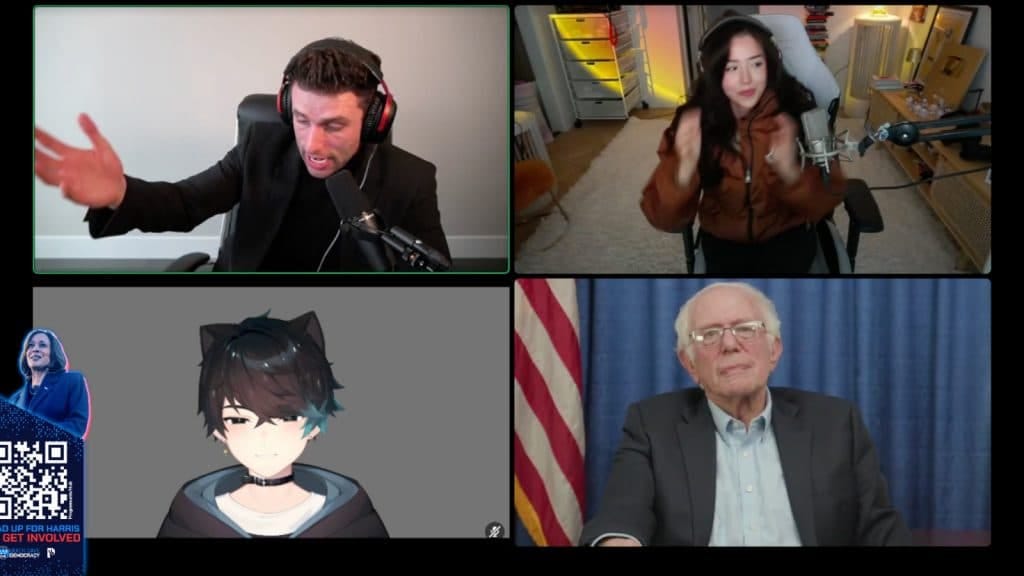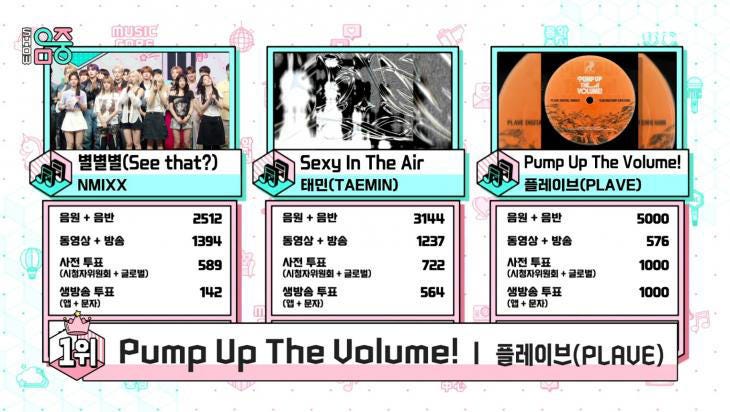Today’s topic discusses virtual artists and VTubers (“Virtual YouTubers”) with a few legal thoughts to ponder.
When I was in 5th grade, I saw an Apple iPod advertisement featuring the British virtual band Gorillaz. In hindsight, Gorillaz pioneered an approach through their music videos and performances with animated, fictional band members. Created by musician Damon Albarn and comic artist Jamie Hewlett, the concept of Gorillaz brings the band to life as distinct characters within a unique media universe. The band usually performs live with guests while the holograms play in the background, although some concerts went all virtual.
These are all ideas we see replicated today in many artists. Let’s take a look.
Avatar, Hologram, or Just Entertainer?
One of the most successful virtual singers, Hatsune Miku, is powered entirely by technology. A human actress had provided the initial voice, but the singer has been largely been engineered by computer-generated graphics and audio via a synthesizer software called Vocaloid. You may have seen Hatsune Miku in concerts, expos, and even Coachella 2024. She is a phenomenon of her own with a dedicated fandom that’s spanned 17 years and counting.
Hatsune Miku is not only copyrighted as a character but also trademarked as a logo, with a history of international trademark disputes. Similarly, Damon Albarn and Jamie Hewlett of Gorillaz would likely hold copyright in the band’s character designs, animations, and music.
Therefore, I am led to think that virtual entertainers like Gorillaz and Hatsune Miku are viewed as copyrightable fictional characters. Notably, when the real-world identity behind a virtual character is known, copyright could serve as a legal safeguard against infringement or negative use.
Before I jump into other virtual stars though, I want to make a comparison first.
What is VTubing?
First, VTubing involves animated avatars that are controlled by real people. The actors may participate in both voice and motion-capture acting. In recent years, the VTuber subculture has grown exponentially in the eSports and streaming communities. Here is Kizuna AI, one of the most successful VTubers to date.
The facets of VTubers - interactive, dynamic, yet private identity - share similar elements to virtual singers that garnered a lot of success in Japan.
In a previous piece, I highlighted the growing importance of virtual influencers fueled by AI. Such examples typically involve high-quality computer graphics and may not involve any actual talent behind the scenes, whereas VTubers often feature real-time talent using motion capture or facial tracking:
I couldn’t find as many side-by-side comparison videos like the above. VTubers generally protect their privacy by keeping their real identity hidden, and the community discourages others from actively digging. In a way, I consider VTubing an ideal option for a segment of streamers and influencers who want to create and monetize content but still keep their personal lives separate.
Now consider the difference between Kizuna AI and Hatsune Miku - one is portrayed by a real person while the latter is entirely computer-engineered. This leads to several key differences:
Perhaps the most important difference here, for our purposes, is the VTubers’ real-time interaction with fans. Fandom-driven entertainment thrives today because of the live interactions, which strengthen the bond between the entertainer and the fan.
VTubers are generally active on platforms with live streaming capabilities, such as YouTube, Twitch, and AfreecaTV. Apparently, the Vtuber market is expected to grow 35.6% in 7 years from 2022 (USD $4448M) to 2029 (USD $27590M).1

I also don’t think anyone expected to see Senator Bernie Sanders chatting with a famous VTuber to promote the Democratic Party Campaign.
Virtual K-pop Stars
Here is where I think both elements of existing virtual singers and VTubing come into play.
Attempts to produce virtual K-pop singers date back as far as 1998, but today, quite a few acts have gained significant traction.
The most significant of these are PLAVE and Isegye Idol, virtual idol groups with VTuber traits —real people act and sing behind the scenes, but their real-world identity is hidden. This contrasts with acts like MAVE: and nævis, which are entirely 3D computer-generated through AI, machine learning, and VFX technology. It is important to distinguish between the two types, as the former acts can interact with fans in real time, while the latter currently cannot.
There is a lot of potential for virtual K-pop acts. The success of supergroup K/DA, an international collaboration featuring League of Legends characters paired with voices from K-pop group G-idle and American singer Madison Beer, exemplify this. Their track “POP/STARS” reached an astonishing 612 million YouTube views.
Virtual stars pose a new paradigm for the K-pop industry model. While idol production has remained largely consistent over the years, companies can save on costs by adopting the PLAVE route. This allows companies to allocate more financial resources to cutting-edge technology, which is expensive in its own right, while the talent and staff behind the scenes can enjoy private lives outside of the public eye.
In this sense, virtual K-pop stars can also be seen as fictional characters that bypass some of the commonly lamented downsides of K-pop culture —such as over-attached fan behavior, mental health concerns, and public scrutiny of private lives. Of course, if the talent behind the virtual idol gets into trouble, it would inevitably impact the group, just as it would for any other K-pop act.
That said, I wonder if virtual stars will face—or be freed from—the same legal challenges that have plagued existing K-pop idols. I’m particularly curious if virtual idols would have rights of personality similar to human idols. Furthermore, would they (the talent, or the company behind them) have the ability to sue for harassment or malicious comments in Korea? In the case of deepfakes, should the company resort to copyright infringement of the virtual idols as fictional characters, or defamation claims? Probably the former I presume, but fan reaction will be divided.
I think these are important questions to navigate and can be tackled from a variety of different angles. If virtual idols = fictional characters however, I’m unsure about the personality rights.
Although I hope we won’t have to find out, the lack of precedents in this new technological frontier raises these intriguing legal what-ifs.
Parting Thoughts
Now, whether virtual stars are for everyone, especially existing K-pop fans, is another question. While I don’t believe they will ever replace human talent, virtual stars offer something different for fan engagement.
I’d like to conclude here with a video of Japanese singer Ado, who also keeps her identity private behind an animated character. Notably in her sold-out concert seen here, the stage is lit so only her silhouette is visible. This keeps the mystique alive while she sings her heart out. What a creative way to captivate fans.
Broadly speaking, I also want to highlight newer approaches to K-pop that break from the status quo:
The virtual boy band PLAVE, which combines cutting-edge technology and VTuber traits.
Rookie group FIFTY FIFTY, which gained rapid but brief success from a mega-hit single, and whether the newer iteration will reach such heights again
Blockchain-based girl group tripleS, allowing fans to vote on group’s concept and direction with fan app COSMO2
Internationally diverse group KATSEYE, which attracts global fans through localization efforts
Rock band QWER, formed through a YouTube series consisting of streamers, content creator, and J-pop idol
Hip-hop girl group YOUNG POSSE, which integrates video gaming and parody elements into their music videos, most recently from Grand Theft Auto
There is a lot on the horizon beyond the current crop of top K-pop stars. More discussions will inevitably arise at this intersection of music, technology, and culture. But that’s just the beauty of K-pop!
Thanks for reading!
I have been busy the past few months putting my legal cap on, and hope to find some more inspiration for topics. I will be presenting some of the relevant concepts in IP & media in November in a legal webinar, and will summarize those points in a post as well.
See you soon!
-Wooseok Ki (Wooski)
I tried to verify whether this statistic is accurate. There are a few VTuber reports behind paywalls; deferring to industry experts here.
I will dive further into the intersection of K-pop and blockchain in a subsequent piece.






